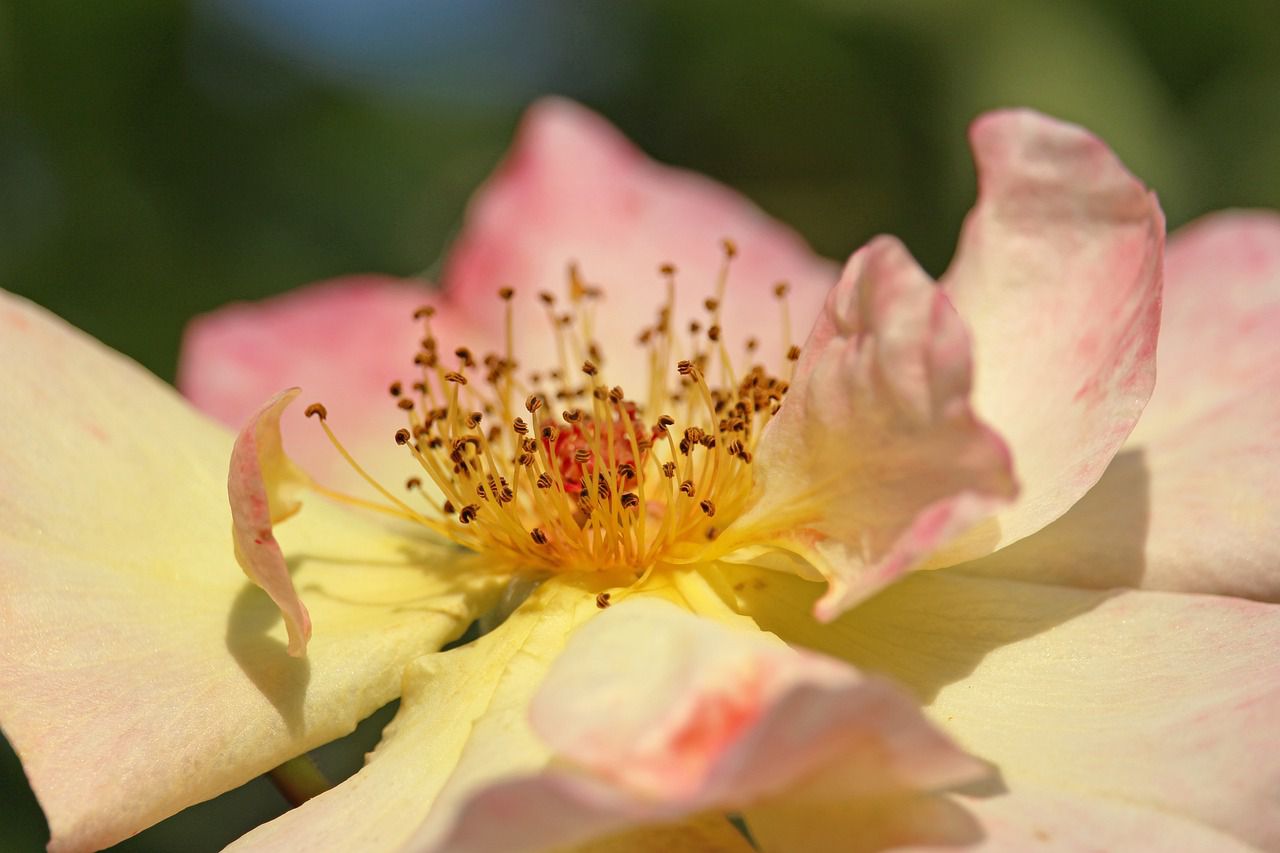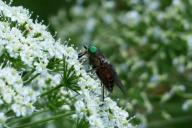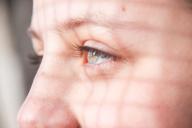When doing gardening as a hobby, you still need to know plenty of terms and basic facts about your plants to help them thrive.
One of such concepts is flower stigma - a thing that helps with pollination and reproduction of flowers.
Let's find out more about it.
What is it?
The flower stigma is a part of the female reproductive system in a flower.
It's typically located at the center of the flower, often at the top of a slender structure called the style.

The stigma plays a crucial role in the process of pollination and the formation of seeds.
Here's why it's important in gardening.
Pollination
The stigma is sticky, which is an essential feature.
When a pollinator like a bee, butterfly, or wind carries pollen from another flower and it lands on the stigma, it sticks there.
This transfer of pollen to the stigma is called pollination. It's a key step in the reproduction of many plants.
Seed Production
After pollination, the pollen travels down the style to reach the ovary, which is at the base of the pistil. Inside the ovary, there are tiny structures called ovules, which, when fertilized by the pollen, develop into seeds.
The stigma's role is to ensure that the right pollen is collected for fertilization, which results in the development of viable seeds.
Gardening Benefits
For gardeners, the stigma's function is critical because it leads to the production of seeds.
These seeds can be collected and used to grow new plants.
Whether you want more flowers, fruits, or vegetables in your garden, understanding how the stigma works and how to encourage pollination can be vital for successful gardening and plant propagation.
Conclusion
In essence, the stigma is like a bridge between the outside world (pollen) and the plant's reproductive system (ovules and seeds).
It's a key player in the circle of life for plants, and understanding its role is essential for gardeners looking to grow and propagate their favorite plants.









